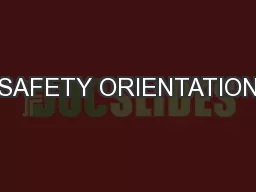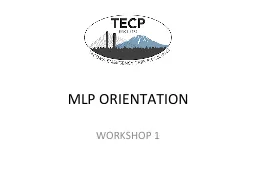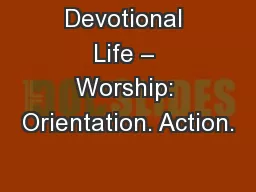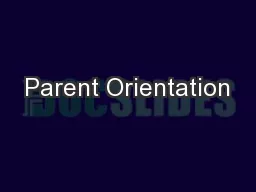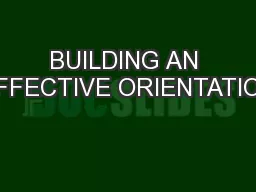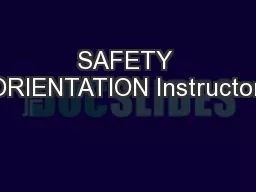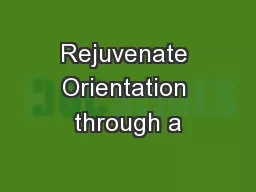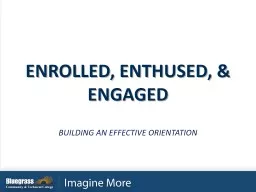PPT-SAFETY ORIENTATION
Author : trish-goza | Published Date : 2016-02-25
FOR NEW OR RETURNING WORKERS 1 Welcome to your organization Safety is the priority for everyone working here To help you start to work safely we provide three levels
Presentation Embed Code
Download Presentation
Download Presentation The PPT/PDF document "SAFETY ORIENTATION" is the property of its rightful owner. Permission is granted to download and print the materials on this website for personal, non-commercial use only, and to display it on your personal computer provided you do not modify the materials and that you retain all copyright notices contained in the materials. By downloading content from our website, you accept the terms of this agreement.
SAFETY ORIENTATION: Transcript
Download Rules Of Document
"SAFETY ORIENTATION"The content belongs to its owner. You may download and print it for personal use, without modification, and keep all copyright notices. By downloading, you agree to these terms.
Related Documents

